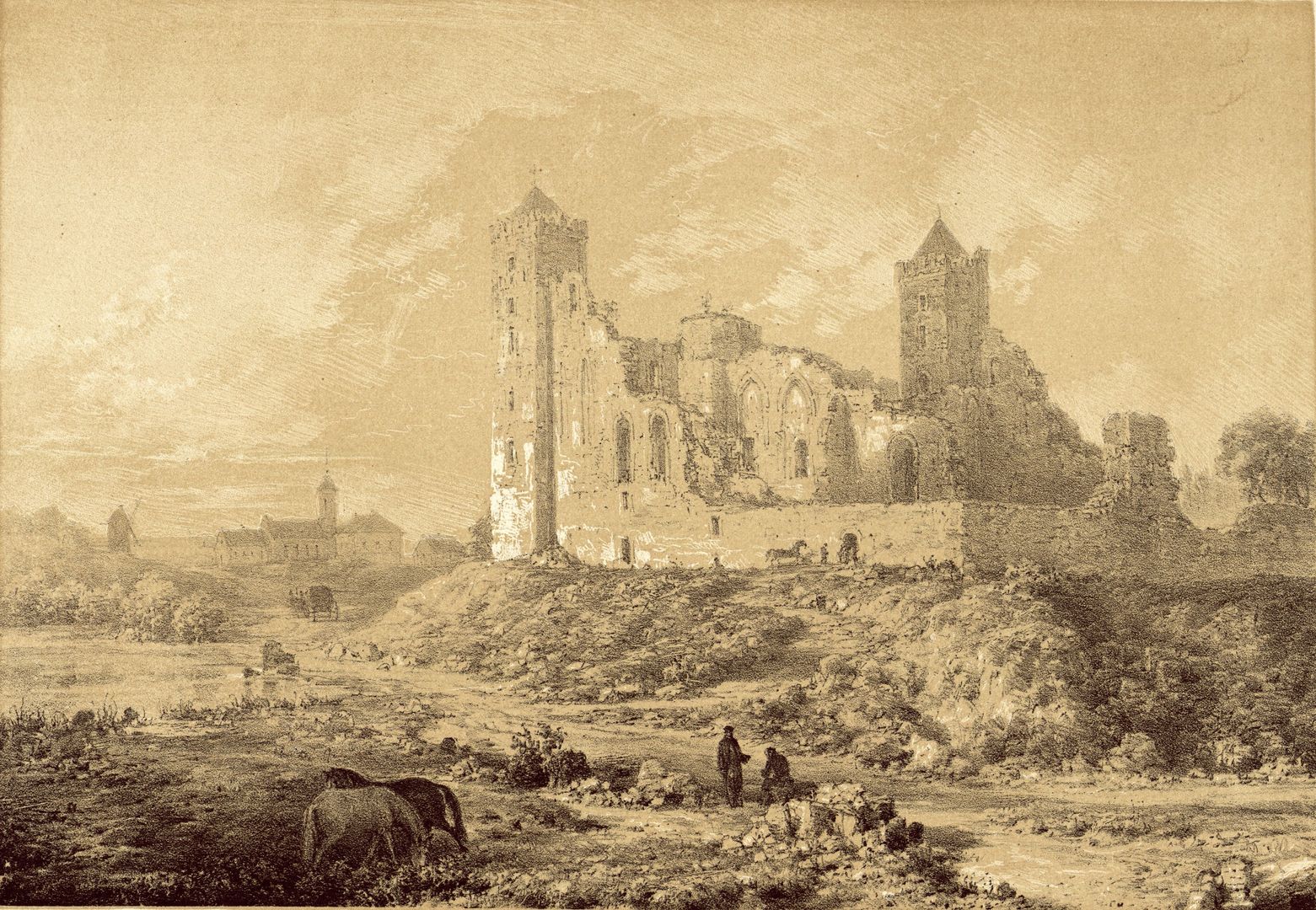Radzyń Chełmiński Castle
7.2

Overview
The Teutonic Castle in Radzyń Chełmiński, built between 1310 and 1340, is a four-wing fortress situated on the shore of Lake Zamkowe. Its history dates back to 1234, when the construction of a wood-and-earth fortification began. In later years, the structure was replaced with a stone one, but after the battle with the Prussians in 1278, the castle remained unfinished. The current form of the castle, with its bergfried tower and four corner towers, was the result of an architectural vision likely conceived by the same designer who created the castle in Gniew. The castle quickly became one of the strongest fortifications of the Teutonic Order on its southern borders. In 1410, after the Battle of Grunwald, the castle was captured by Polish troops and later taken by Jan Sokol of Lamberk, highlighting its significant place in the Polish-Czech history of the region. After the Thirteen Years' War, the castle came under the control of Royal Prussia, becoming the seat of Polish starosts. In the 17th century, due to military actions, it was severely damaged, and after the First Partition of Poland, it was partially dismantled by the Prussian authorities. In the 19th and 20th centuries, conservation works were carried out, and the discovery of the perimeter walls in 1989 revived interest in the site. From an architectural perspective, the castle features an impressive square-plan structure, with a richly decorated southern wing that housed the refectory and the church. Today, fragments of the castle remain accessible to visitors, including cellars with exhibitions on medieval architecture and torture devices. The castle ruins also served as a filming location for the movie "Samochodzik i templariusze" ("The Little Car and the Templars"). The castle in Radzyń Chełmiński is not only a testament to the rich history of the region but also a cultural and tourist attraction that draws both history enthusiasts and tourists.
Location
2025 Wizytor | All Rights Reserved